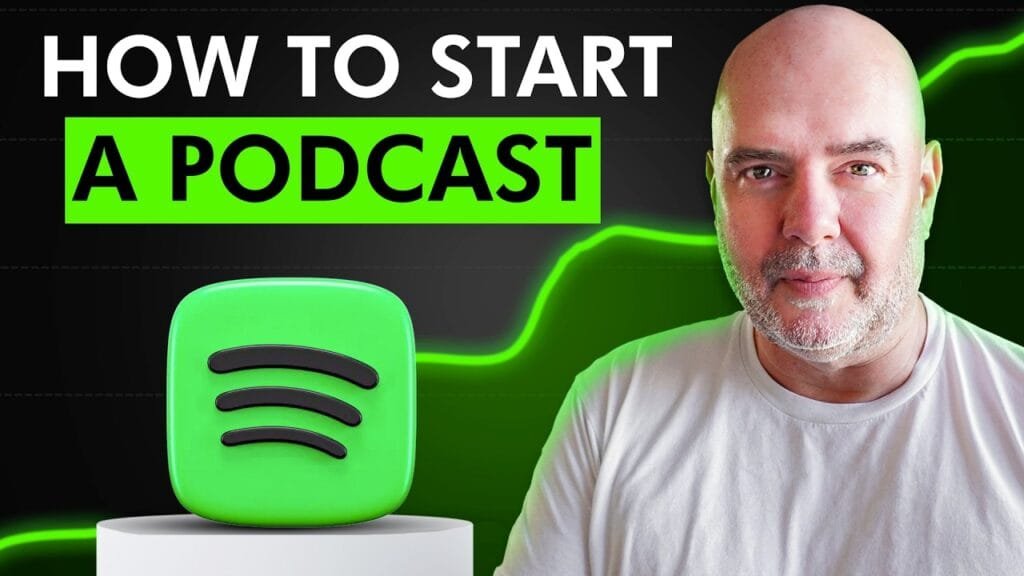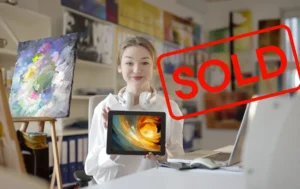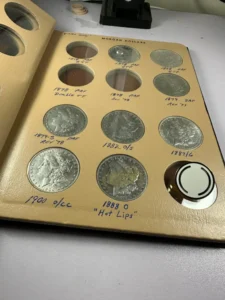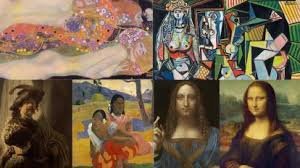We live in a time where stories matter more than ever, and few stories are as rich, layered, and universal as those found in the world of art and culture. From ancient rituals to modern galleries, from local street art to global cultural commentary, creators now have unprecedented tools to capture, share, and monetize this richness through podcasting and YouTube.
Whether you’re an art historian, a gallery owner, a cultural activist, or simply someone passionate about preserving traditions and sparking conversations, starting a podcast or YouTube channel dedicated to art and culture could be your most powerful creative move in 2025.
This guide walks you through everything you need to know: from content strategy and platform choice to monetization, branding, and growing your audience sustainably. Let’s build something beautiful and profitable.
Why Start a Podcast or YouTube Channel on Art and Culture?
The Opportunity in 2025
- Art content is booming: YouTube searches for “art documentary,” “art vlog,” and “museum tour” grew over 40% between 2022 and 2024.
- Cultural storytelling resonates: Podcasts like 99% Invisible, The Lonely Palette, and ArtCurious have millions of downloads and thriving Patreon communities.
- Niche audiences are loyal: Art and culture fans tend to be engaged, curious, and generous, perfect for sustainable community-building.
- You don’t need to be an expert: What matters most is authenticity, consistency, and curiosity. You can grow as you go.
Choosing Your Platform: Podcast, YouTube, or Both?
Start with One, Then Expand
Podcasting
- Great for storytelling, interviews, deep dives, and mobile consumption.
- Cheaper to start. Minimal equipment needed.
- Ideal if you’re camera-shy or love voice-based content.
YouTube
- Excellent for visual art, live demos, walk-throughs, gallery tours, and reactions.
- More effort upfront but higher discovery via search and recommendations.
- Supports longer watch time and richer monetization.
Hybrid Strategy
- Record a podcast and add a simple video (e.g., Zoom interviews or voiceover + slides).
- Use YouTube Shorts and Instagram Reels to preview your podcast episodes.
Pro Tip: Choose the platform that aligns best with your content style and energy. You can always repurpose content across channels later.
Content Strategy – What Should You Talk About?
Here’s a list of high-impact content formats you can try:
Art & Artist Spotlights
- Introduce local or underrepresented artists.
- Interview creators, curators, and collectors.
- Explore “the story behind the artwork.”
Culture Deep Dives
- Explore traditions, language, rituals, or history tied to a culture.
- Create themed series: e.g., “The Evolution of West African Textiles” or “Women in Indigenous Art.”
Educational Mini-Series
- “Art History 101” or “Cultural Terms Explained.”
- Use short, high-value videos or episodes to build authority and SEO value.
Event Coverage & Critiques
- Review museum exhibitions, art fairs, or cultural festivals.
- Offer commentary or live recaps.
Opinion + Trend Commentary
- Talk about controversial topics in the art world (AI art, decolonization, digital galleries).
- Analyze how pop culture intersects with tradition and art.
Setting Up for Success (Gear, Tools & Workflow)
Minimum Viable Setup
| Type | Podcast | YouTube |
| Mic | Samson Q2U, Rode NT-USB | Same as a podcast |
| Camera | Not needed | Logitech StreamCam or a phone camera |
| Lighting | Not needed | Basic ring light or natural window light |
| Software | Audacity (free), Riverside, Descript | OBS, CapCut, Adobe Premiere Rush |
Optional but Useful:
- Canva for thumbnails and episode art
- Notion or Trello for planning
- Calendly for booking guests
Tip: Start scrappy, then upgrade as your audience grows. The message matters more than production, at first.
Monetization Models for Art & Culture Content
Monetization often comes in layers. Here’s a breakdown:
1. Sponsorships & Brand Deals
- Partner with art galleries, cultural institutions, art supply brands, or travel/tourism boards.
- Start small: Local businesses are often willing to sponsor community-aligned content.
2. Listener Support
- Use Patreon, Buy Me a Coffee, or Substack.
- Offer bonus episodes, behind-the-scenes access, or early releases.
3. Merchandise
- Sell prints, art-inspired fashion, or episode-themed items.
- Collaborate with artists you feature.
4. Courses or Workshops
- Host online sessions on art history, storytelling, or content creation.
- Ideal once you’ve built authority and trust.
5. Affiliate Marketing
- Share links to books, art supplies, or gear.
- Choose partners with ethical or cultural alignment.
6. Ad Revenue
- For YouTube, enable monetization after 1,000 subs and 4,000 watch hours.
- Podcast ads often require at least 500-1,000 downloads/episode to attract sponsors.
Building and Growing Your Audience Organically
You don’t need to go viral. You need to go to value. Here’s how:
1. Focus on Community, Not Just Reach
- Respond to comments.
- Mention listeners by name on air.
- Ask for opinions, feedback, and show suggestions.
2. Be Consistent (But Human)
- Release on a regular schedule: weekly, biweekly, or monthly.
- Quality beats quantity; don’t burn out trying to post daily.
3. Use Social Media Intelligently
- Post short clips on Instagram, TikTok, and YouTube Shorts.
- Use Twitter/X or Threads to join cultural conversations.
4. Leverage SEO
- Use keyword-rich episode titles like “How Street Art Became a Protest Tool” or “Indigenous Art Styles You Should Know.”
- For YouTube, add timestamps, tags, and detailed descriptions.
5. Collaborate
- Invite other creators, educators, or institutions.
- Cross-promote with complementary channels or newsletters.
Ethical Considerations When Covering Culture
When dealing with heritage, identity, and tradition, respect and accuracy are critical.
Ask Yourself:
- Am I amplifying or appropriating?
- Have I credited the source or artist?
- Is this representation accurate and sensitive?
Pro Tip: If you’re sharing stories outside your own culture, involve members of that culture. Consider inviting them on the show or having them co-create content.
Inspiring Examples to Learn From
| Name | Platform | What Makes Them Great |
| The Lonely Palette | Podcast | Makes art history accessible and engaging |
| ArtTube | YouTube | Museum-run channel with curated videos |
| Tayo Rockson | YouTube + Podcast | Discusses cross-cultural dialogue and identity |
| Voices of the Ancestors | Podcast | Centers indigenous African spiritual knowledge |
The World Needs Your Voice
In a digital age saturated with entertainment, creators who center meaning, history, and beauty stand out.
Starting a podcast or YouTube channel on art and culture isn’t just a content idea; it’s a contribution to the preservation and evolution of our shared human story. Whether you reach 100 people or 1 million, your work could inspire someone to see, feel, and question the world more deeply.
So set up your mic, hit record, and begin. The world is listening and watching.






